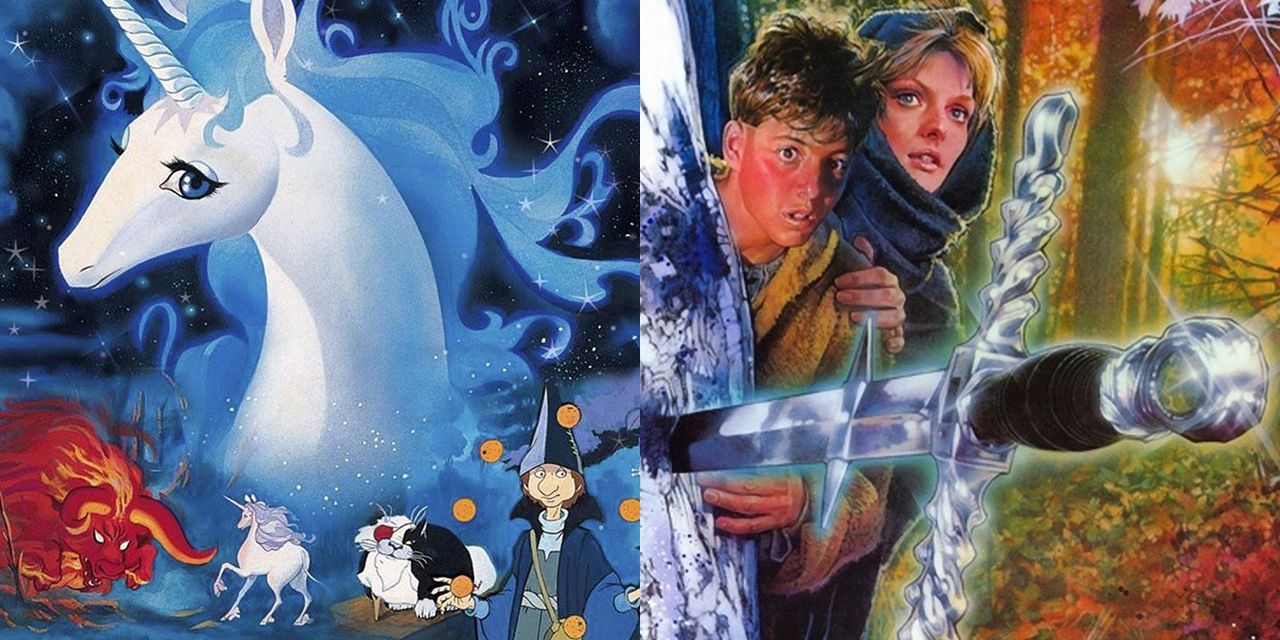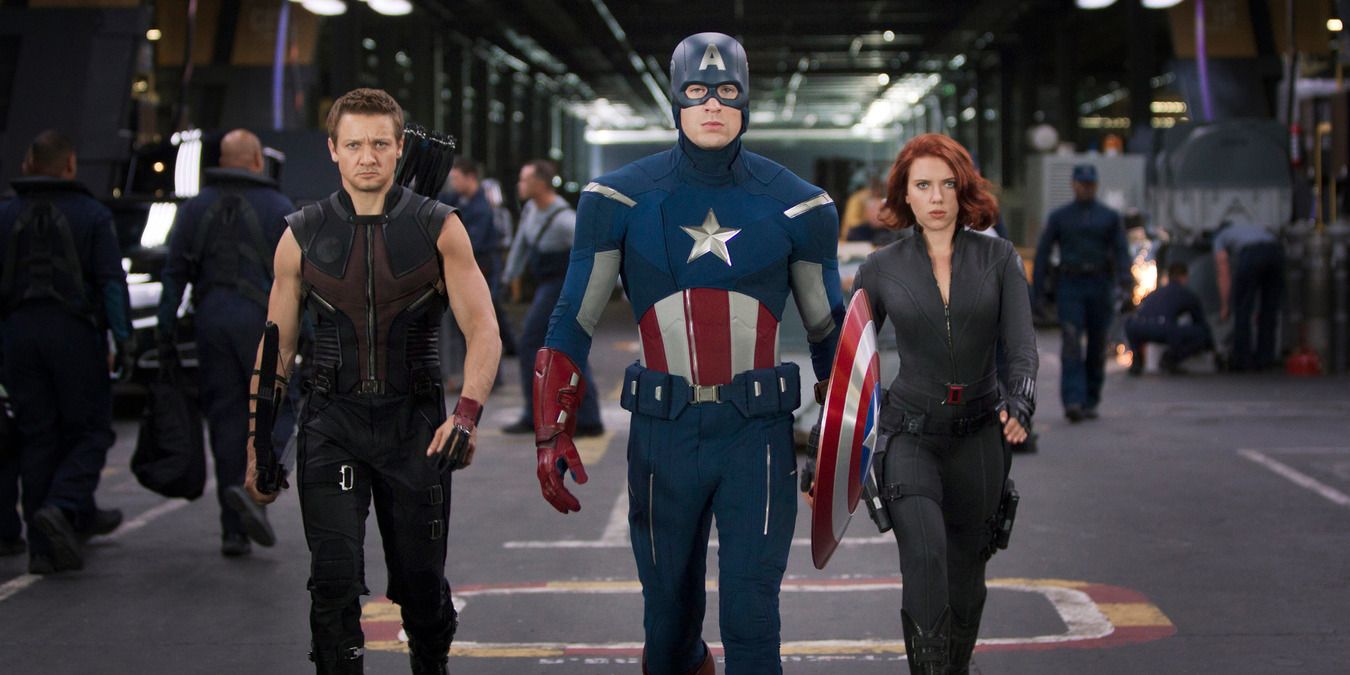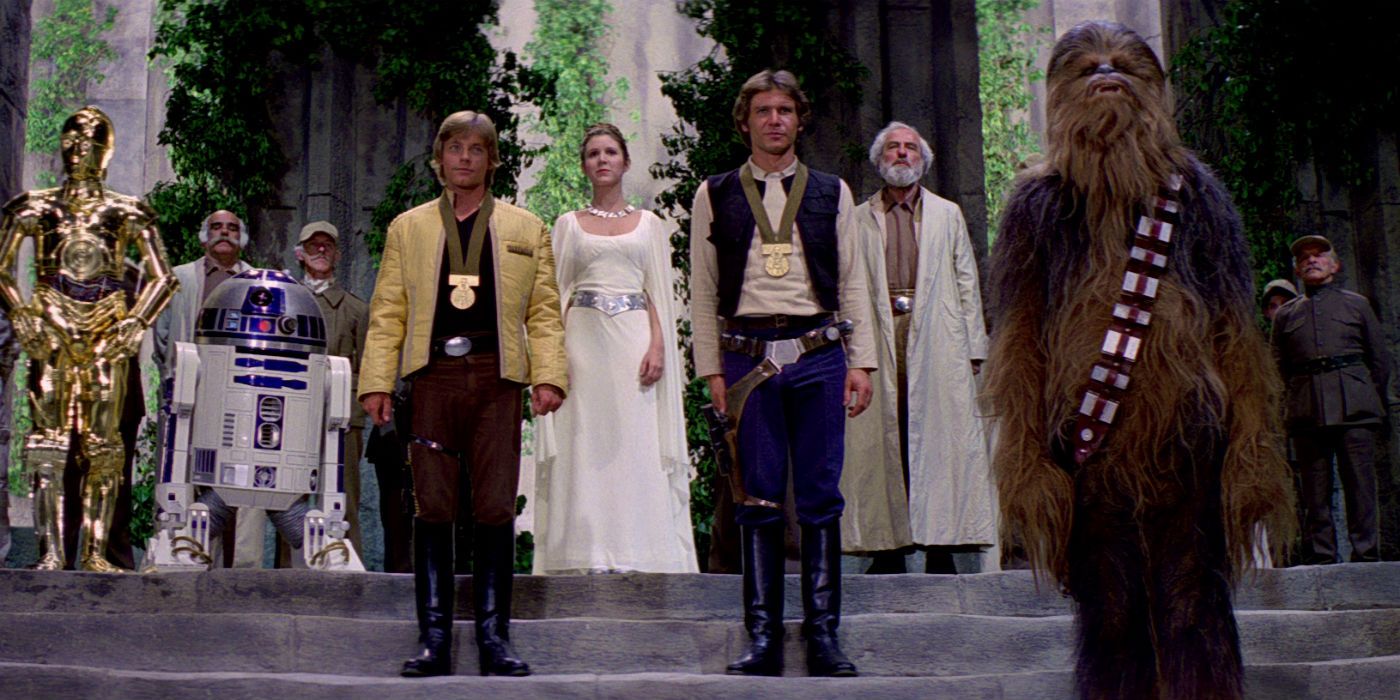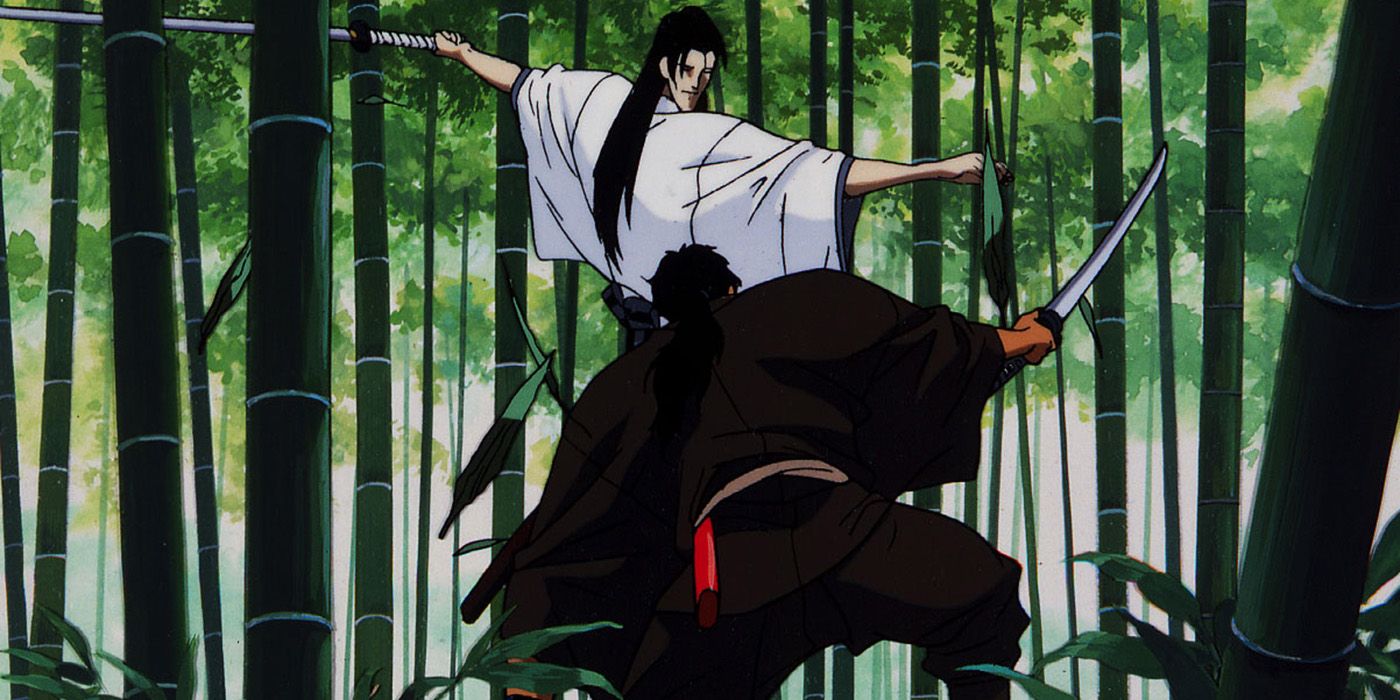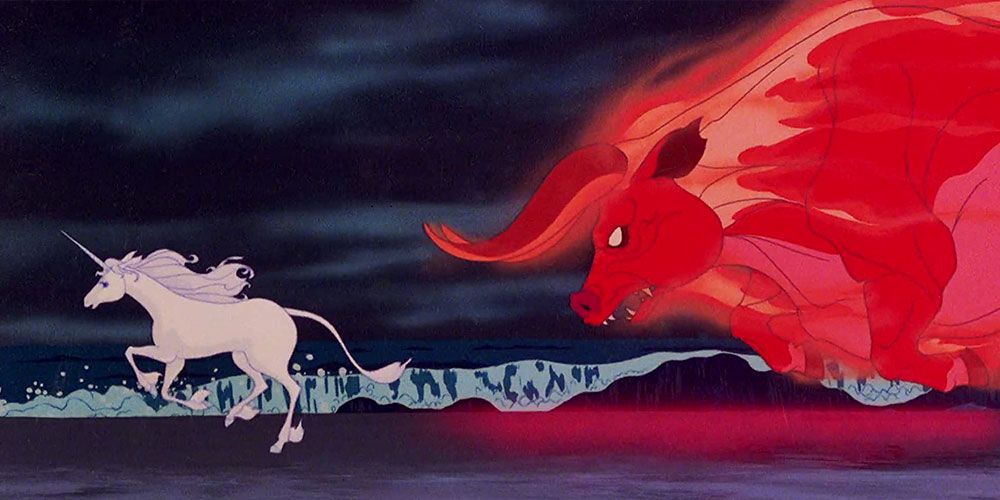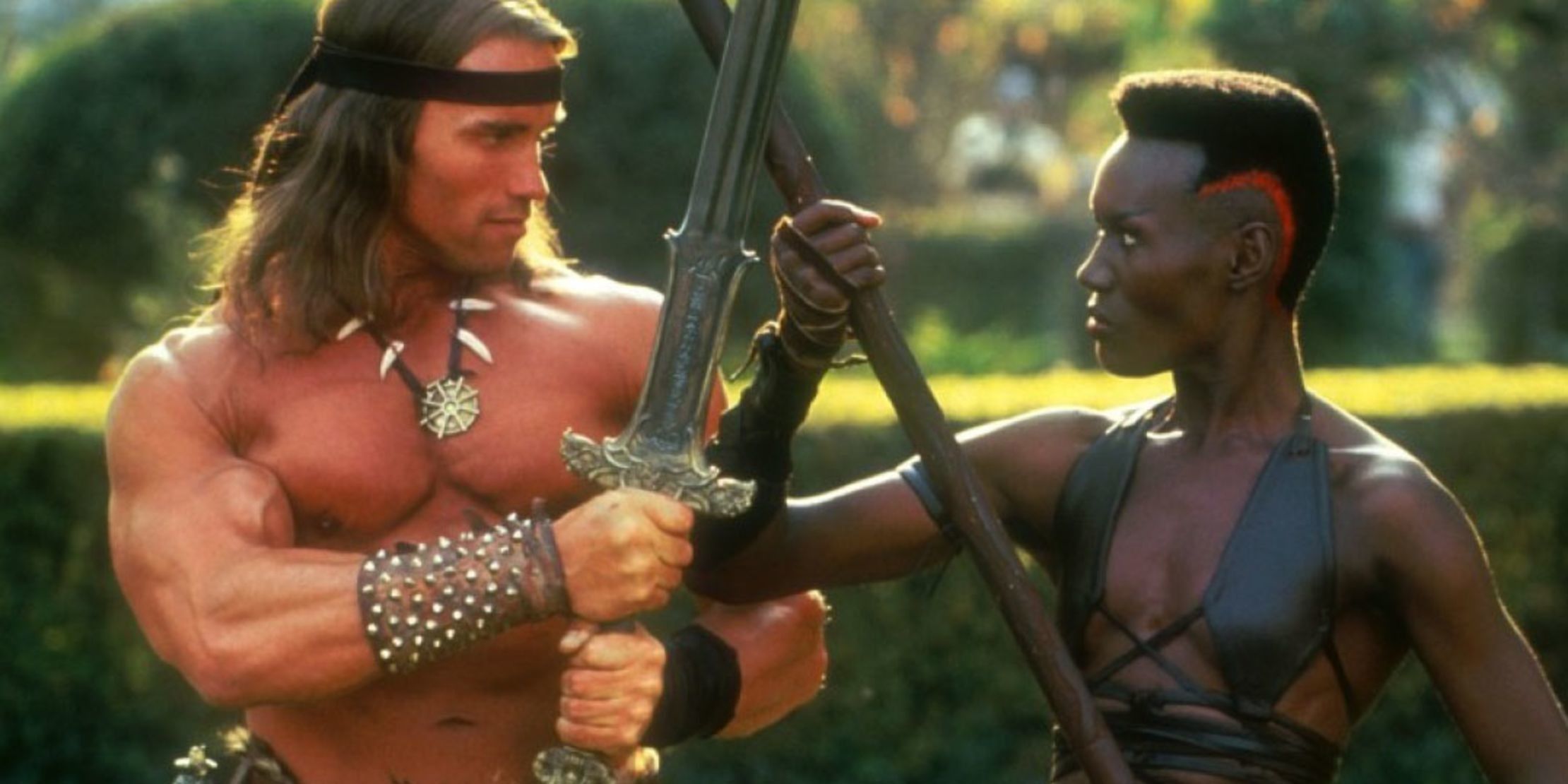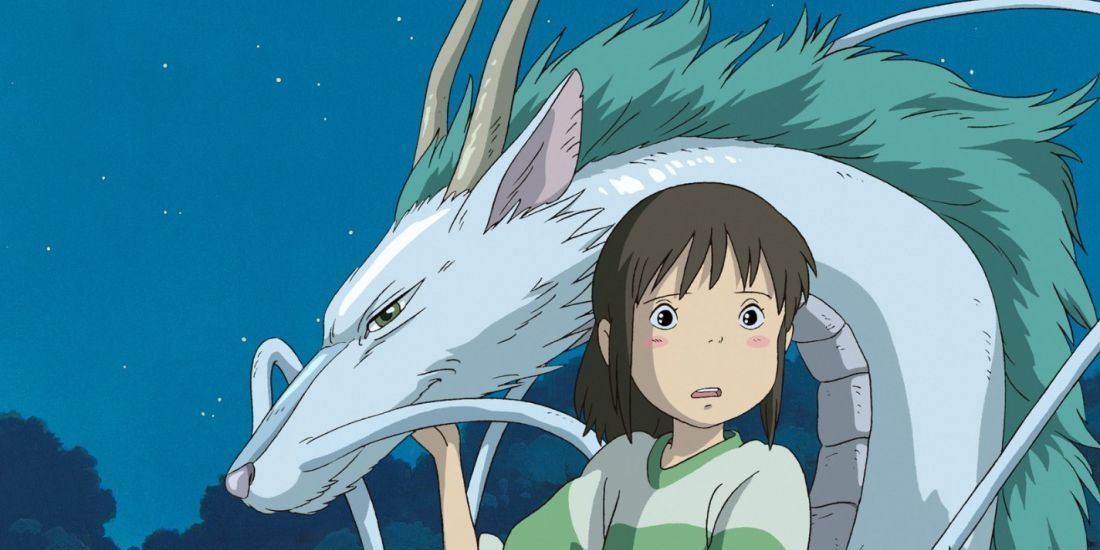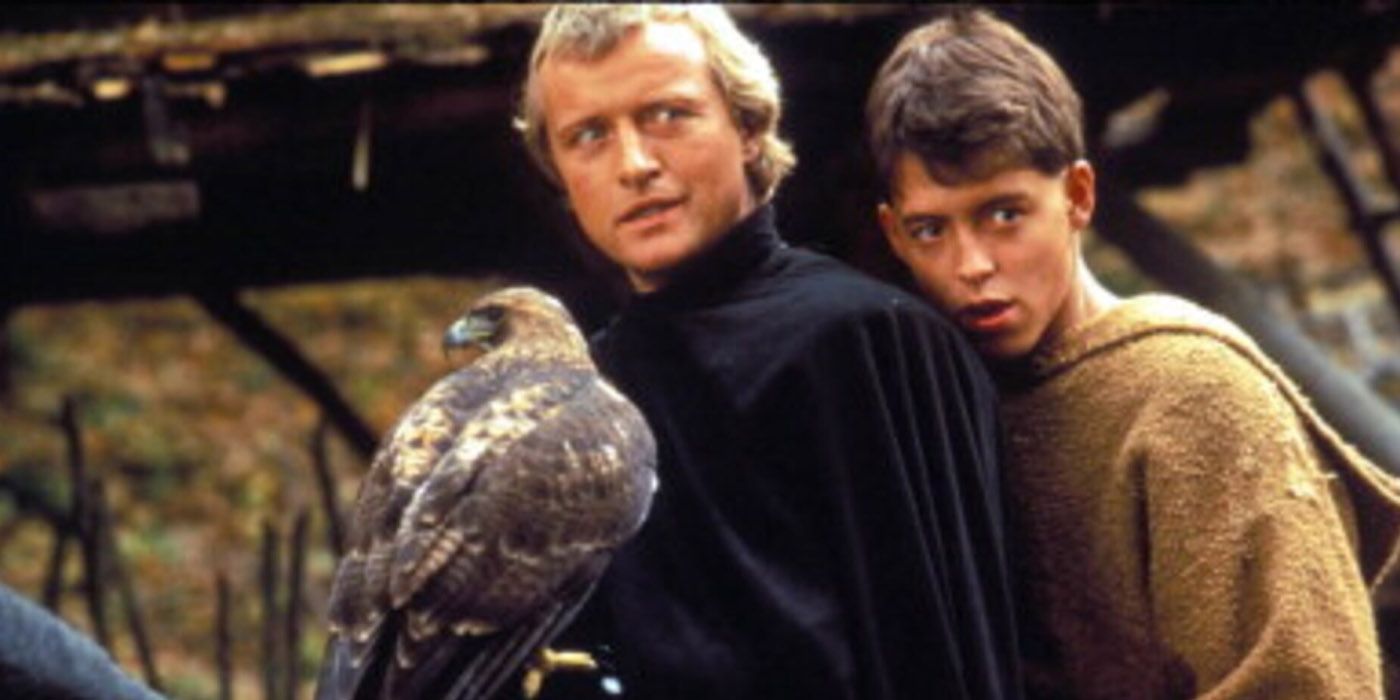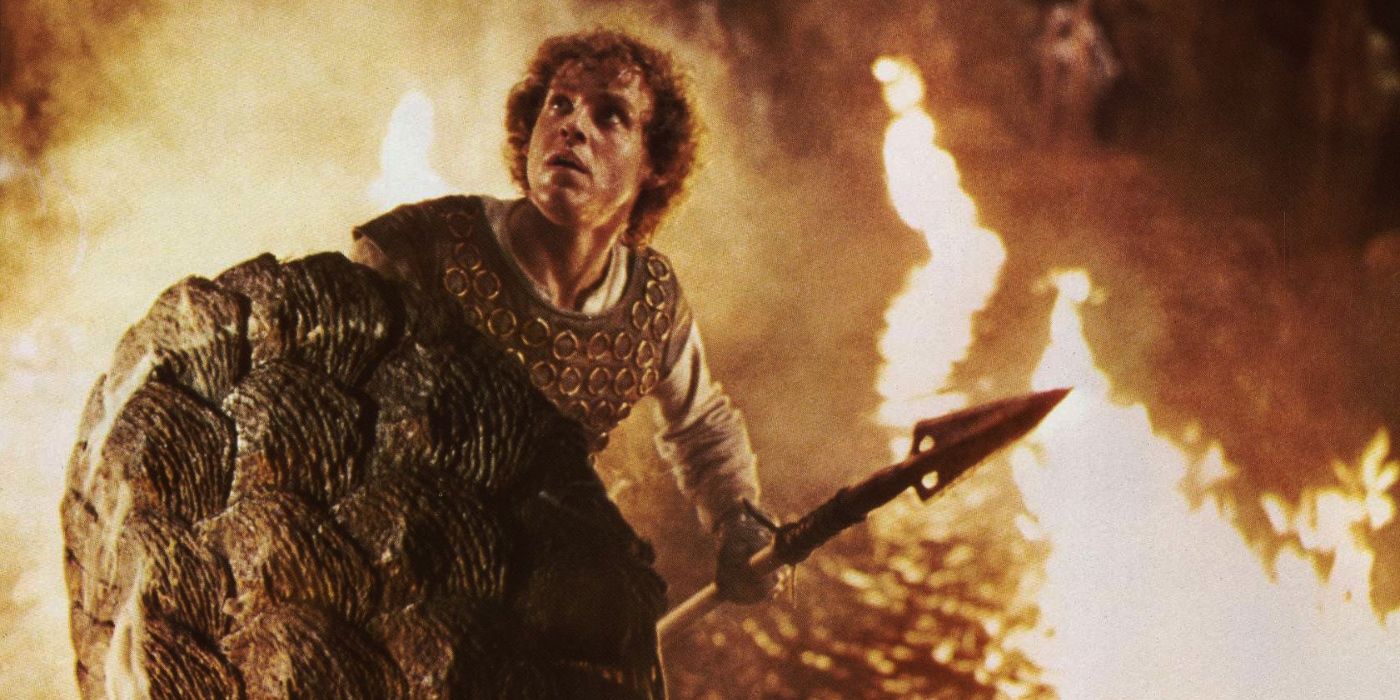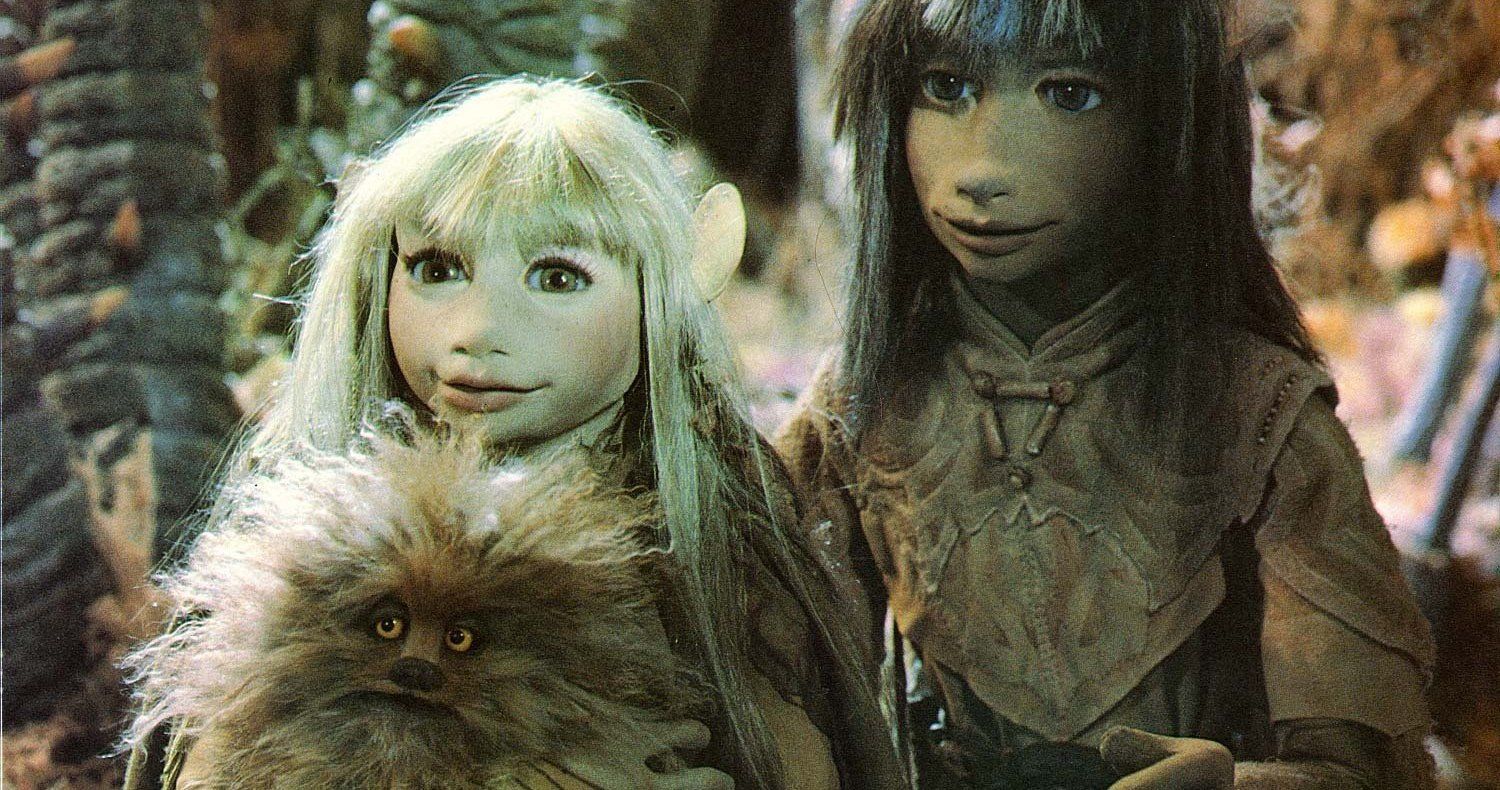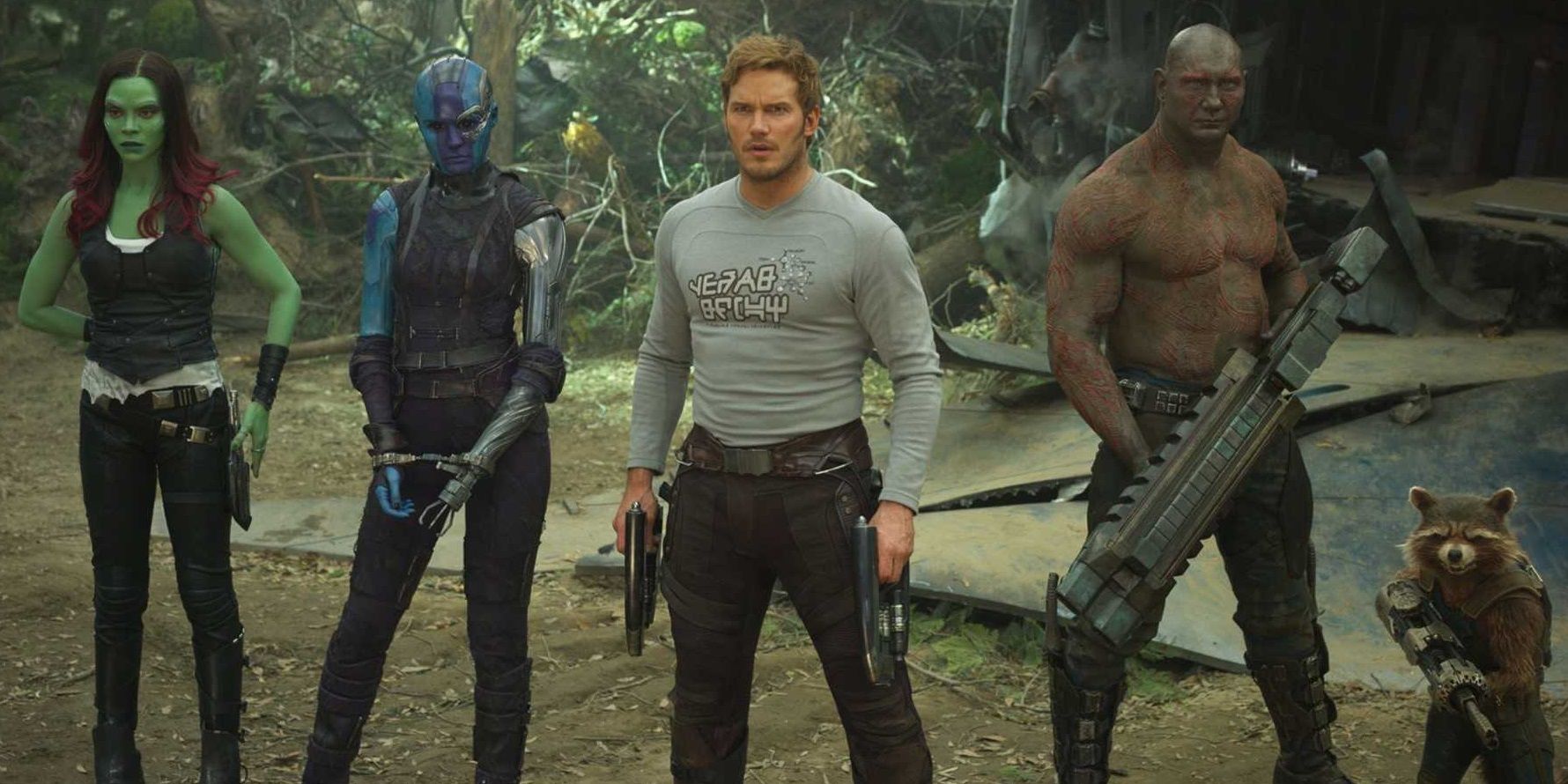The first Dungeons & Dragons modules and campaigns that Gary Gygax created back in the day were inspired by literature, specifically the Lord of the Rings books. Dungeon Masters and players alike still use their favorite books as templates for their campaigns, but there's a lot more to choose from when it comes to media these days. Modern Table Top Role-Playing Gamers (TTRPGers) not only have volumes of books but also a myriad of video games and movies when they need new ideas.
There are a lot of fantasy movies out there that would make great D&D campaigns. They include a team of characters with different but complementary abilities, a quest, some nasty enemies to fight, and maybe even a magical object. All of the elements combine to make a great story and a great D&D module. Contemporary movies have the added benefit of mixing up the setting and genre, with some space opera and superheroes thrown into the mix.
The Avengers (2012)
Fantasy isn't always about sword and sorcery, but there's even some of that in there through the Asgard connection that features the god Thor and his sorcerer brother, Loki. The Avengers plays out like a stereotypical D&D module, complete with a quest, a magical object, a sworn enemy, and various people with different abilities that have to learn to work together for a common goal.
The fantasy movies of today are dominated by superheroes, and the success of the Marvel movies attests to that trend. Several entries in the franchise could inspire a TTRPG, but recognition goes to the one that confirmed the franchise was a pop culture force to be reckoned with.
Star Wars (1977)
It's not exactly science fiction, although there are plenty of tabletop games that specialize in the genre, but a combination of sci-fi and fantasy known as space opera. This is where snarky descriptions of Jedi Knights as "space wizards" come from, and you can easily assign other D&D classes to the other characters, like Rogue or Barbarian. The question of whether Jedi are Wizards, Sorcerers, or Clerics could be a source of interesting debate.
The concept of a campaign that takes place in outer space, or even in a setting that features interdimensional travel, can follow a similar plot as the original Star Wars. The campaign could include a mentor, training, party formation, and working together for a common goal.
Ninja Scroll (1993)
Imagine a module that has elements like a secretive plot that the characters must team up to discover despite opposition from malevolent and supernatural forces, and that's essentially the plot of Ninja Scroll. The setting can vary, but a DM can take some inspiration from that as well since "medieval" doesn't always have the go with "European."
Ninja Scroll was part of the anime wave of the mid-1990s that brought on cyberpunk and psychological horror along with this movie, a chilling tale of ghosts and demons from Japanese history. At the time it was a unique example of an anime film that took place in the past as opposed to a movie about the future.
The Last Unicorn (1982)
A book that's been successfully adapted into a movie can also be adapted into a campaign. For players that are more concerned about character development and roleplaying, especially as it relates to class progression, The Last Unicorn is the ideal inspiration.
The quest and plot are simple, relying more on the interaction between the characters than any complex storyline. Players and DMs alike can see where archetypes come from and how they can be subverted, different ways that character progression can work, and how they are combined as part of RP in gameplay.
Conan The Destroyer (1984)
The first Conan movie could also be in this space, but the oft-overlooked sequel, Conan The Destroyer, has a much better party dynamic.
Conan, of course, a Barbarian, is joined by a Cleric, a Druid who might be a Fighter multiclass, a Monk who might be a Barbarian herself, and of course his sidekicks from the first movie, the Rogue and the Wizard. They're on a quest to find a magical artifact for a queen who seems to be Neutral Evil so she can resurrect an old, angry god. If there's not a D&D module for this already, there should be.
Spirited Away (2001)
Sometimes a whole module can take place in a relatively small space, like a castle keep, a large house, or a prison compound. This movie is more about creating and playing in a unique and perhaps enclosed setting since there's little to see regarding party dynamic with one character being the focus of the plot and action.
The enchanted bathhouse of the witch Yubaba is where most of the action takes place. DMs will appreciate the detail and difference that each of the various levels has, with the lower levels furnished for public viewing and the upper levels for employees and Yubaba's private quarters, with the addition of secret routes along the perilous exterior of the massive building.
Ladyhawke (1985)
The quest still has to be at the heart of any D&D campaign and that's also what makes Ladyhawke such a great movie when DMs and players need inspiration. Every good D&D campaign needs a plot, which is the quest, along with a realistic antagonist complete with minions and magical powers.
That's not to say a few interesting characters are included, and they have some interesting arcs, for those interested in character progression. For example, the main character, Philipe, is a Rogue who seems to take a turn towards multi-classing into a Cleric as the story comes to a close.
Dragonslayer (1981)
This one seems too obvious at first, and the script plays on those fairytale tropes on purpose only to surprise the viewer later. Although Dragonslayer is missing a lot of that essential party dynamic, the main character has an interesting mentor and character arc, thus it's more useful to players when it comes to putting together a good backstory than building the ideal campaign.
However, what seems like a typical story ends up subverting some old archetypes in clever ways, and a good D&D campaign would find some ways to do the same.
The Dark Crystal (1982)
A unique setting can make a simple, even stereotypical storyline a lot more interesting. The journey starts with the search for and the acquisition of a magical item that must be delivered to a precise location, complete with a ticking clock, which is also a nice plot for a DM to guide the party through.
Aside from all that, there's a wealth of details in The Dark Crystal for those that are interested in designing a unique campaign with a lot of lore, which includes creative destinations and compelling villains with interesting backstories. It's also an interesting example of progressing through a campaign where one player starts on their own, with a brand new character, and grows their party as their initial quest progresses.
Guardians of the Galaxy Vol. 2 (2017)
The first movie was more about how Star-Lord and his gang initially got together, a story that's useful for beginners, so Guardians of the Galaxy: Vol. 2 for players and Dungeon Masters that want some inspiration for more advanced characters. These are gamers from both sides of the table who have already formed a solid party dynamic and are ready to face a more formidable challenge.
It's also a nice twist on the conventional fantasy genre, with a variety of settings that include Ego's planet and some creative space monsters, including the final boss himself. All of this is set up with some easy-to-follow character progression, and if viewers are paying attention, there are Barbarians, Fighters, and Rogues aplenty if players that favor those classes need inspiration for their own individual gameplay.

